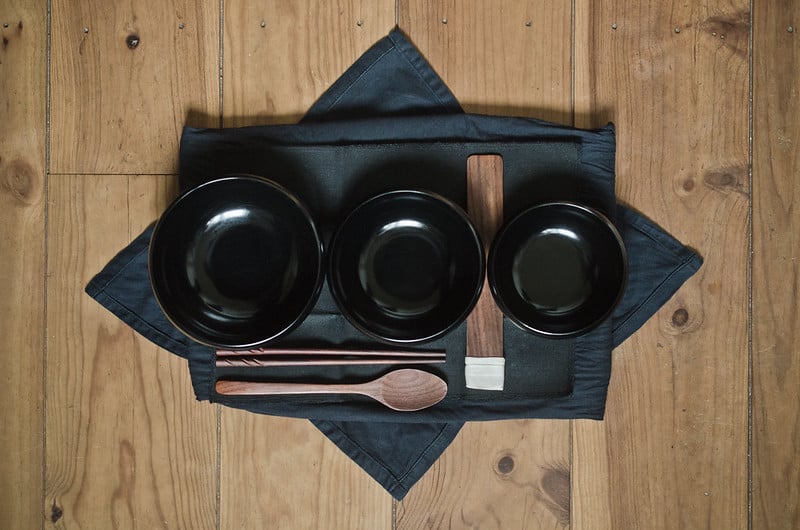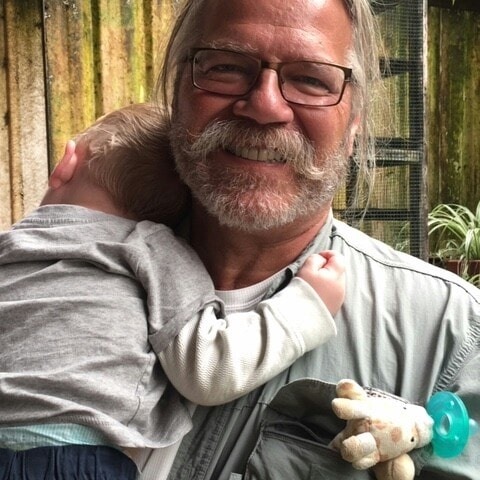Mindfulness and spiritual practice help us to realize our connectedness to everyone and everything.

My spirituality is eclectic. I realize my connection to everyone and everything, and I can celebrate with anyone (atheist, religious, spiritual but not religious, etc.) who realizes this connection. Also, I can celebrate in any tradition (Buddhist, Christian, humanist, etc.) that realizes this connection, although I do NOT accept the doctrine or theological speculation of any tradition.
I wrote about Zen here and here and here and here. As I wrote in The Way,
“Before I became a student of Zen, my knowledge of Zen was limited, and it seemed too enigmatic and too spartan for me. Now that I am more comfortable with paradox and less comfortable with doctrine, Zen is the best path for me…. Some aspects of Zen practice fit with with Christian beliefs, and some aspects of Christian beliefs fit with Zen practice.”
The Maria Kannon Zen Center, my community or sangha is named after Mary, the mother of Jesus, and Kannon, the bodhisattva (awakening being) of compassion. And Ruben Habito, my Zen teacher, is a former Jesuit priest who is a practicing Catholic. Zen practice consists of meditation and koan study. (A koan is a paradoxical story that helps us to see our Buddha nature.)
Rohatsu Sesshin
I spent last week in a six-day retreat, known as a Rohatsu sesshin. This is a rigorous silent retreat that celebrates the Buddha’s awakening. Each day includes eight hours of sitting meditation, broken up by short periods of walking mediation. There are also chants, chores, tai chi exercises, tea ceremonies, talks by the teacher and one-on-one meetings with the teacher.
We served meals oryoki style with three nested bowls. This practice involves a ritualized sequence of bells, chanting, opening the bowls, receiving the food, eating, and cleaning the bowls. Oryoki also involves eating whatever you are served and paying attention to your actions as you eat. Often, participants consume the crumbs, as well as the washing water, to reduce waste.
Sesshin protocol prohibits distractions, such as reading or scrolling on screens. We do NOT perform these rituals for their own sake, and we do NOT pursue these practices to attain perfection. Instead, we intend to increase our awareness and our mindfulness. Thus, every bite counts, every breath counts and every motion counts. Everything matters (and nothing matters.)
For many of us, it is surprising to find that we learn a lot about people who we do not know when we live in close quarters with them. At every sesshin, I meet people who are particularly centered or courteous or good-humored, and I know that about them without ever talking to them. When we do less, eat less and say less, we can be more mindful of others.
Connectedness and Spiritual Practice
Many people practice meditation to improve sleep, increase focus or reduce stress. Certainly, meditation can provide these benefits, and that can be reason enough to meditate. However, the more compelling reason to meditate is to realize our lack of separation, our Oneness with everyone and everything.
More important, we do NOT intend to leave these lessons “on the mat.” Instead, we intend to bring this focused awareness and this heightened mindfulness back to our lives in the world. Some people think that Zen is cold or sterile, and it can seem that way, at first. But Zen helps us to realize our connectedness and to treat all sentient beings with compassion and wisdom.
My journey is an interspiritual journey, and my path is NOT exclusively a Zen path. Thankfully, I have realized our interconnectedness through powerful experiences in several traditions.
Mindfulness and spiritual practice help us to realize our connectedness to everyone and everything.
If you want to keep up with the latest from You Might Be Right, please subscribe.
The Way is a Silver winner in the 2024 Nautilus Book Awards.
If you enjoyed this article, please leave a comment at the bottom of this page.
Thanks for reading You Might Be Right!!














